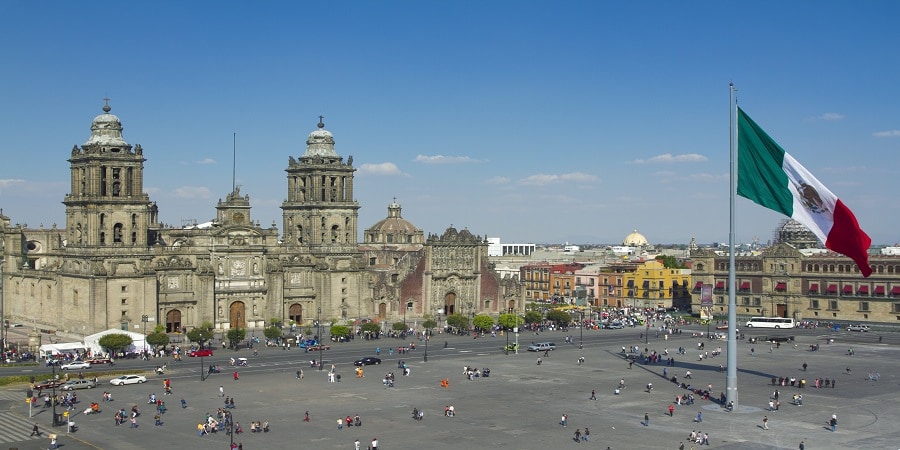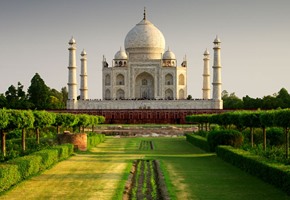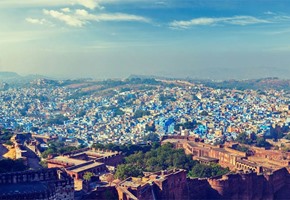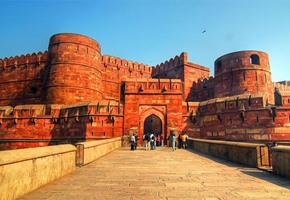Mexico is one of central America's finest countries, a complex and often dazzling nation with an extensive and varied history. From the Aztecs to the Spanish conquistadors, and on to the modern day, Mexico has seen brutal wars, extended peace and the creation of a cultural identity separated from both their ancient roots and their 16th century Iberian rulers.
As a result of the peace produced by one of these wars, a day of celebration has come to celebrate the Mexican way of life, and its cultural impact on the world. That day has come to be known as Cinco de Mayo, or May the 5th in Spanish.
The history
Cinco de Mayo can trace its routes back to the late 19th century and famously commemorates the victory of the new Mexican army over the French empire, during the opening parts of the Second French Intervention.
The victory came at the beginning of the Second French Intervention in Mexico, which took place over 6 years between 1861 and 1867. Backed by the combined forces of Britain and Spain, this war was focused on the failure of Mexico to repay creditors across Europe. A treaty was proposed which saw a contingent of European nations, namely France, Britain and Spain launch a campaign to invade Mexico, and the forces landed in December 1861, prepared and ready for a long hard war. After the French took the city of Campeche from the Mexican forces, it became increasingly clear to Britain and Spain that the French intention was to take over the central American country themselves. Without the forces necessary to combat the French, both the Spanish and British retreated back to their home countries as France began to take over Mexico using its considerable navy and ground forces. As the Mexican government surrendered, the French assumed control over the country, assigning a governor, Maximillian I, to take governance.
It had been a relatively peaceful takeover, until the Mexican army saw French forces on the move and believed that hostilities had begun. Their leader, iconic Mexican figure Ignacio Zaragoza, took his forces to the city of Puebla, where the French forces lay siege and provoked a battle which came to be known as the Battle of Puebla. The result of the battle was a surprise victory for the Mexican forces who lost only 83 men to France's 462. Thanks to this victory, inspiration soon spread across the country, inspiring the people with a patriotism and self-belief which had never truly taken off in the Mexican populace. The new president declared the day significant, and named it the Battle of Puebla Day, or alternatively Cinco de Mayo.
The day itself
Interestingly, Cinco de Mayo these days is associated with Mexican-Americans in the United States of America, celebrated both in Mexican American communities and in other societies. In the southern provinces such as California and Texas, celebrations are wide spread and include the eating of Mexican foods, street parties and parades. Mariachi music and other traditional entertainments are put on, and carnivals are held in major US cities including Chicago, San Francisco and New York.
A notable example is the fantastic Fiesta Broadway which is held in Los Angeles and is widely regarded as the largest and most exuberant of the Cinco de Mayo celebrations. Crossing over 36 blocks around broadway, this event is characterised by street dancing, traditional outfits and street vendors. Its population stretched up into the hundreds of thousands at its peak.
Ironically, despite all of the furore about the day in the US, down in Mexico, the day itself is not actually celebrated very much at all outside the city of Puebla. The day is recognised as a commemorative day, but it is only really regarded as a day off work and school. It does not normally feature any special celebrations, and outside the country, Cinco de Mayo is often mistakenly thought of as Mexico's independence day. In reality Mexico's independence day is in fact celebrated on the 16th of September, remembering the day when the Mexican Spanish war for independence began.
Today's Cinco de Mayo holds strong connotation with the identities of Mexican Americans. It gained significant traction in the 1960s, when civil rights movements and change were in full swing. The concept and day eventually got picked up by advertising executives and use as a gimmick to sell various South American products including beers and Mexican foodstuff. Controversies have arisen over this tasteless tactic, saying that it demeans the day and the significance of the day as a cultural and civil rights celebration.






